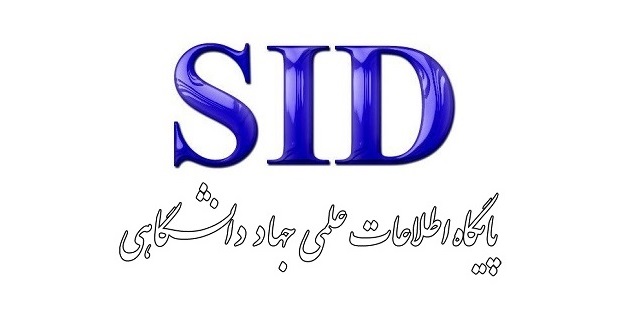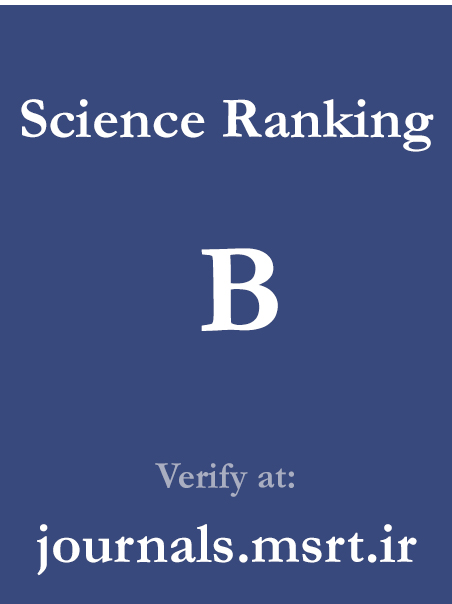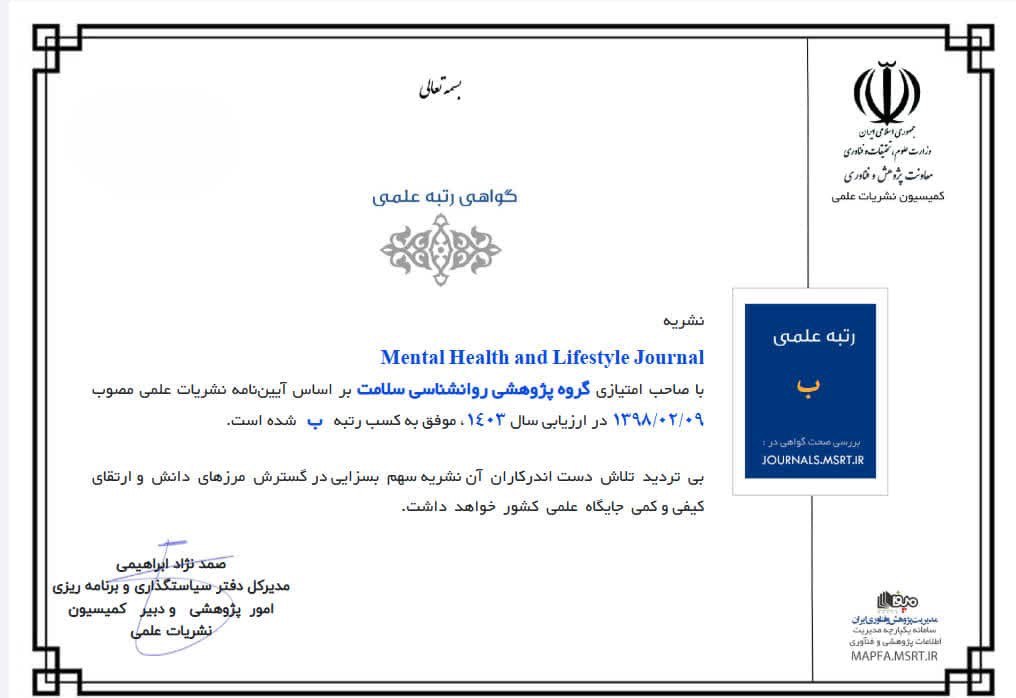Assessment of Air Pollutant Risk in Tehran on Athletes' Health in Relation to Outdoor Sports: A Case Study of Particulate Matter Less Than 2.5 Microns (PM2.5)
Keywords:
Particulate matter, risk assessment, air pollution, sensitive land uses, TehranAbstract
The aim of this study is to evaluate the environmental and health risks associated with particulate matter less than 2.5 microns (PM2.5) in Tehran. This research is applied in terms of its outputs. Initially, data for the year 2023 were collected and analyzed through air pollution monitoring stations in the area. Based on the Kriging interpolation method and pollutant weighting, the corresponding raster was produced separately and classified based on minimum and maximum ranges. Finally, according to the Air Quality Index (AQI) table, the level of health safety significance was categorized and the relevant map was generated. Using the IO technique, the spatial layer of sensitive and vulnerable land uses was overlaid on the regional surface along with the carbon monoxide pollutant layer. The results indicated that District 10 of Tehran Municipality, with an average concentration of 42 micrograms per cubic meter, is the most polluted area in Tehran with respect to this pollutant. Furthermore, the highest levels of PM2.5 pollutants were recorded in the central and southern halves of the area. Additionally, the most polluted month of the year was November, with an average concentration of 56 micrograms per cubic meter. In terms of the air quality index based on the type of pollutants, this region experienced 104 days categorized as unhealthy or unhealthy for sensitive groups. The environmental and health risk assessment for this pollutant, based on the William Fine method, determined a risk score of 105, indicating a moderate risk level. Therefore, corrective and emergency actions are required to control the hazard.
Downloads
Downloads
Published
Submitted
Revised
Accepted
Issue
Section
License
Copyright (c) 2025 Afsaneh Rohani (Author); Mostafa Tayebisani

This work is licensed under a Creative Commons Attribution-NonCommercial 4.0 International License.









